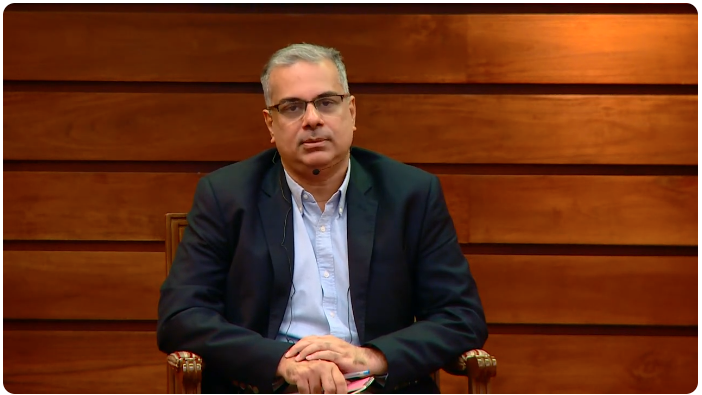
ECONOMYNEXT – Sri Lanka has to open both traded and non-traded sectors to competition, in order to boost productivity and drive prices down, Murtaza Jafferjee, Chairman of Advocata Institute, a Colombo-based think tank said.
An unsolicited deal given to India’s Adani group without competition despite a requirement under an International Monetary Fund to reduce corruption though tendering was symptomatic of the crisis facing Sri Lanka.
Sri Lanka has agreed to buy power for 8.26 US cents a unit from its 484 MegaWatt wind power project in Mannar and Pooneryn.
A competitive tender for a smaller wind plant also in Mannar where there is high wind potential closed this month.
“Probably the tariff is less than 6 cents,” Jafferjee said at forum at Sri Lanka’s central bank on sustaining stability.
“So why are we paying 8.3 cents for an untendered project?”
“The IMF Governance Diagnostic Report says tender, tender, tender. We don’t have a procurement law, we have procurement guidelines.”
Recently there was a tender for solar power plant which were also smaller. But the price was lower than a 100MW plant given earlier in the year at 8.50 cents.
“It was small, 160MW: 5MW, 10MW. The average price came at 6 cents,” he said. “How are we going to drive electricity prices down, if we don’t have competition?”
“Larger size, scale, drier areas, more preferential areas in Mannar where the wind regime is higher the price should be going down,” he said. “Do competitive tenders, price will go down.”
Jafferjee said there would be no pressure to increase productivity and bring costs down unless there was competition.
Just like renewable energy it also applied to traded goods.
“And the fundamental problem with Sri Lanka is we have to expose this economy to market,” he said.
“And the fundamental precept of a market is competition. That is why we need FTAs. Because we have to open up the tradable sectors to competition and drive prices down.
“The non-tradable sectors – electricity reform, telecom, water – all of that is again to introduce competition. We don’t even have a competition commission.
“Competition is the answer for productivity improvement. Then you need the intelligent people to come and show how to reduce the costs.”
Jafferjee said a long time ago he studied engineering and a concept called constrained competition, before he became interested in economic matters.
“Unless you constrain people you are never going to become efficient because your brain is then working,” he said.
“That’s where then intelligence comes in; you have to first constrain, then you need the intelligent people who have to know how to basically optimize.”
An existing wind plant in Mannar has been found to have high plant factor, where more energy can be generated from the same windmill in a given period giving higher returns of the same capital costs, though there are changes depending on the exact coastal stretch it is located on.
One large solar plant which was awarded recently was tendered at a bad time when the Fed was printing money and energy prices were high, driving solar panel costs, and Sri Lanka was in a worse financial situation than now.
Renewable plant cost can also change due to other reasons such a requirement for battery storage for ramping or for actual delivery during the nigh peak. (Colombo/May15/2024)
